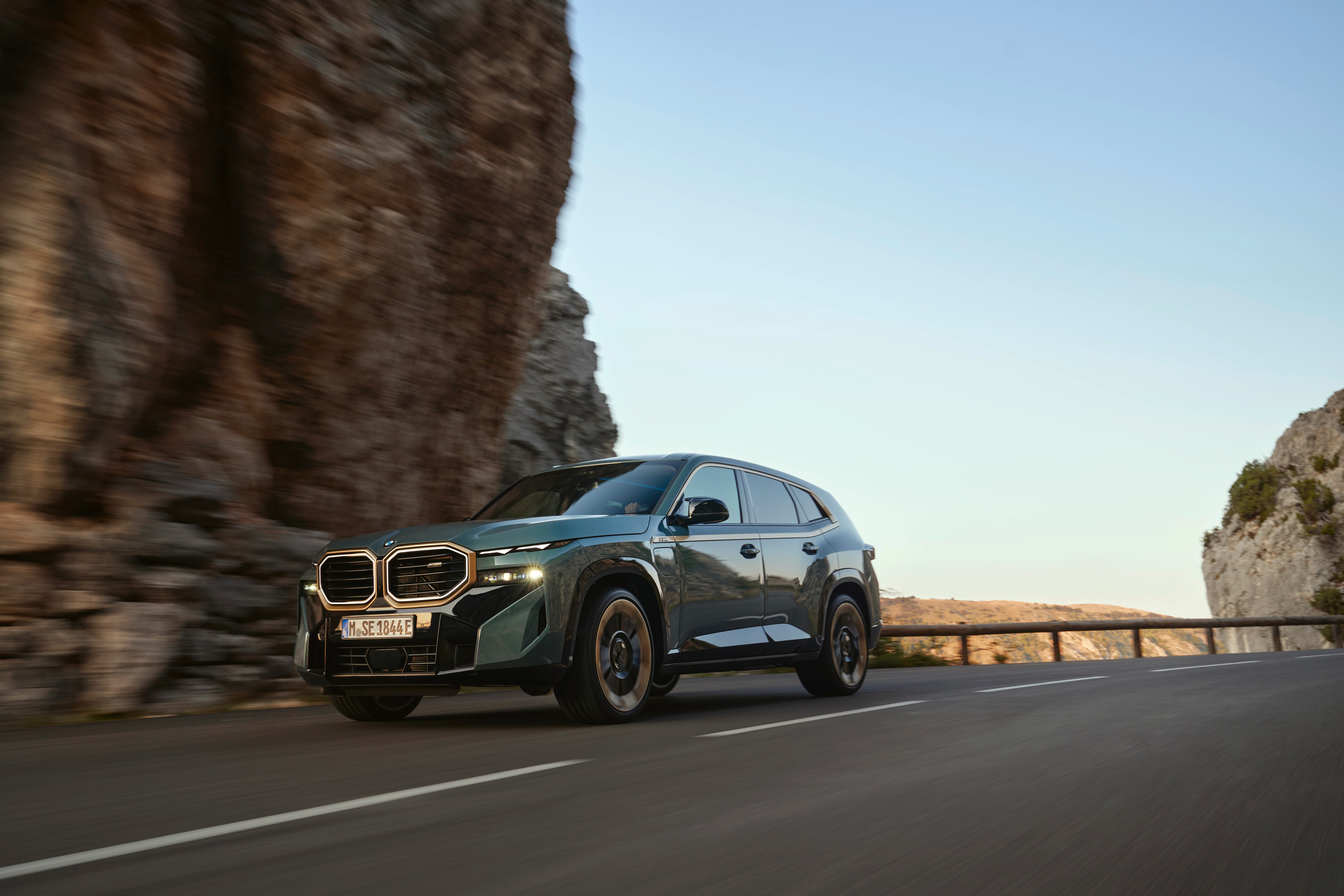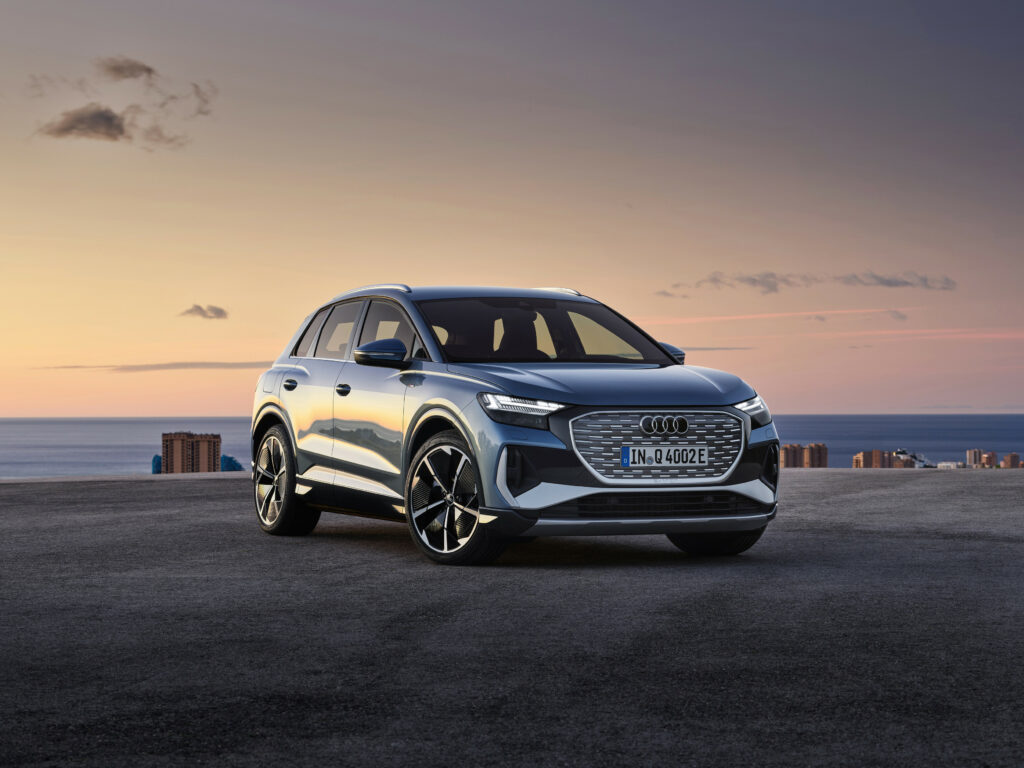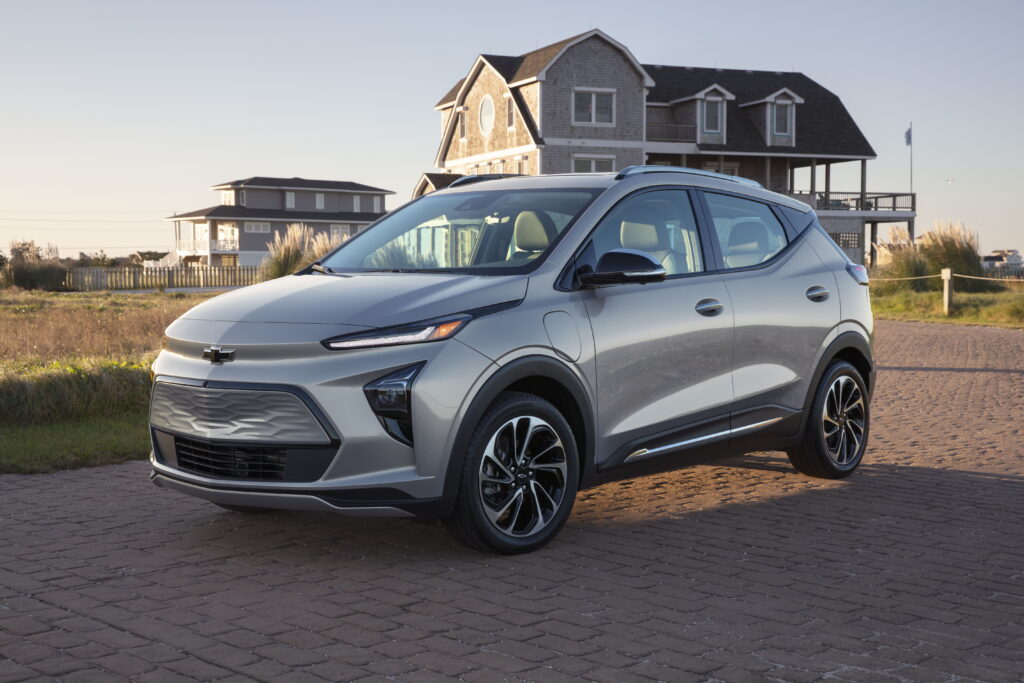
Curious to learn about the future of the school bus? To learn more about the transition to electric school buses across the U.S., AAA Northeast spoke with Sue Gander, director of the Electric School Bus Initiative at the World Resources Institute (WRI) Ross Center for Sustainable Cities.
Can you tell us a little about the Electric School Bus Initiative and the overall goals of the project?

WRI’s Electric School Bus Initiative collaborates with partners and communities across the country to build momentum toward equitably electrifying the U.S. school bus fleet by 2030. We were founded in 2020 in partnership with the Bezos Earth Fund and, since then, we have been working across the ecosystem with school districts, transportation operators, manufacturers, utilities, policy makers and community groups—really, anyone with an interest—to help make this happen.
We are intensely concerned about the way that kids get to school each day and are focused on how to make that better. Currently, 90% of the country’s 480,000 school buses run on diesel fuel and produce exhaust that is hazardous for children’s health and can impact their cognitive development. Diesel exhaust pollutants can lead to asthma, which is a leading cause of absenteeism from school. Since Black students, children with disabilities and students from low-income families are more likely to ride the school bus than others, they have greater exposure to diesel exhaust, and we work to prioritize their access to electric buses.
Fortunately, electric school buses have no tailpipes – which means no emissions of harmful air pollutants. They’re also responsible for less than half the greenhouse gas emissions of other school bus types, and that’s after accounting for the current emissions associated with producing electricity. Transitioning the full fleet of school buses to electric—and prioritizing underserved communities—is about bringing health, climate and economic benefits to children and families across the country and normalizing electric mobility for an entire generation. We believe the best future is electric, and our kids should be a part of that.
Electrifying the entire fleet of US school buses by 2030 is an ambitious goal. How do you think we can get there?

Our goal may be ambitious, but it matches the urgency of our mission, and we see that momentum behind school bus electrification is real and picking up speed. Nationwide, there are now close to 6,000 electric school buses on the road or coming soon: that’s more than triple the amount from just two years ago. Moreover, with the urging of parents, students and communities, nearly one-third of school districts and school buses nationwide are in locations that have a zero-emissions school bus mandate in place, set a zero-emissions school bus target or have adopted the Advanced Clean Trucks (ACT) rule. So, the change is already underway, and importantly, these targets are coming along with financial and technical support as well.
Electric utilities are another important player getting increasingly involved as essential partners to districts as they plan for and deploy charging infrastructure. Bus and battery manufacturers are ramping up production and introducing new electric school bus models, with two dozen models currently available. There are also efforts to help with driver and mechanic training and other workforce development that is critical to this transition.
We see lots of players coming together to share their experiences and lessons learned. One way we facilitate that is through our Electric School Bus Ambassadors, a group of student transportation experts that shares their insights with peers.
What are the most significant barriers to converting school bus fleets to electric? Do you see these barriers becoming easier to break down over time?

What should parents and grandparents know about the transition from traditional diesel school buses to electric school buses?

Parents and grandparents should know that when it comes to student health, electric school buses are the best option. They’re the only school bus with zero tailpipe emissions, which reduces student exposure to harmful pollutants, while diesel, propane and compressed natural gas (CNG)-burning buses all emit dangerous air pollutants no student should have to breathe. It has been shown that reducing students’ exposure to air pollution from school buses has positive and significant effects on students’ English test scores, with smaller positive effects on math scores, too.
Electric school buses are also quiet! We’ve heard from many drivers who are happy that they no longer have to shout to get riders’ attention and that students show up to school calmer due to the quiet ride.
Our students, our children, our grandchildren: They’re our most precious cargo. We should make sure they’re getting the safest and healthiest possible ride to and from school each day.
AAA’s Recommendation: Whether you own an electric vehicle or a gas-powered car is up to you – and you should consider lots of factors in making that choice. No matter what type of vehicle you’re choosing, we recommend visiting a dealership, test driving one, and asking as many questions as possible to make an informed decision.


















